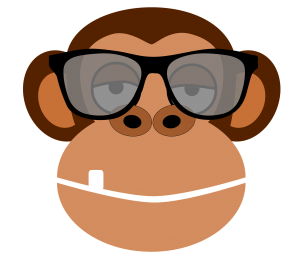At my high school, there was not much diversity in terms of essays. I really only ever had to write two types, research and literature analysis. Don’t get me wrong, just because I only wrote two kinds of essays doesn’t mean I didn’t write A LOT of essays.
Anyway, as you would expect, I gained a lot of experience from writing the same two types of essays over, and over, and over, and over… I never really learned how to”think about” how to write a research essay, it just came to me through trial and error which started in middle school. In other words, I never thought about how to read something ‘rhetorically’ or ‘write to make a point,’ I just did it. It’s what I was reinforced throughout grade school. And since, in a way, literature analysis begs the same thought and questioning as rhetorical reading and research compilation, I only got more practice.
Therefore, I never had any issue writing research essays. In fact, I loved them. They were easy for me to think about critically and, at this point, I was already well trained at ‘reading in between the lines.’ So after reading Kantz’ article, “Helping Students Use Textual Sources Persuasively,” I’m left to ask myself
Did I learn anything?
In short: yes, kind of. While I was already doing most things Kantz talked about subconsciously, it is useful to know what I am thinking about when I do it. It’s almost like meta-thought: thinking about my thoughts and what I’m thinking about. By being aware of what it is I am doing, as well as what it is students should do, I am able to explore more questions and grow as a researcher.
I especially liked the piece in the article where Kantz talks about the rhetorical triangle, and then continues to look at questions we should ask ourselves which involve two or more of the points of this triangle. For example: “‘What are you saying to help me with the problem you assume I have?'” and why do you assume I have it?
For the rest of my research, I will directly ask myself such questions involving the triangle to get a better grasp on what is being said, and why! (as well as what I can do with it)







